

The Ultimate Guide to Perennial Plants: Beautifying Your Garden Year After Year
Introduction
Perennial plants are the backbone of many gardens. They return year after year, providing a reliable source of beauty. Unlike annuals, which require replanting each spring, perennials are a more sustainable choice. With their longevity and low maintenance needs, they allow you to enjoy your garden without constant labor. Plus, there’s a vast array of colors and types available, ensuring you can find the perfect fit for your landscape.
But wait! Are your hands ready for the dirt? Protect them with some stylish gardening gloves! They keep your hands clean and protect against thorns, so you can dig in without a care in the world.
Summary and Overview
Perennial plants are defined by their ability to live for multiple years. They typically exhibit growth patterns that vary by type. Herbaceous perennials, for instance, die back in winter but regrow in spring. Woody perennials, on the other hand, maintain their structure year-round. Each category has its unique growing conditions, whether in full sun or partial shade. Incorporating perennials into your garden offers many benefits, from supporting local pollinators to enhancing soil health. This article will provide a thorough understanding of perennials, including types, care, and environmental impacts.
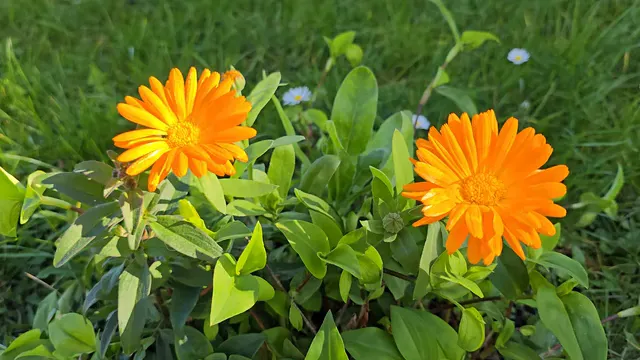
And speaking of soil health, have you ever tested your soil’s pH? It’s an essential step for any gardener! Get yourself a soil test kit to ensure your plants are getting the right nutrients. Trust me, your plants will thank you!
Woody Perennials
Woody perennials are plants with hard, persistent stems. They can live for many years and include shrubs and small trees. Examples include boxwood, hydrangeas, and lilacs. These plants provide structure in your garden. Their robust forms create visual interest and offer varying heights. They also serve as a backdrop for softer flowers. With their lush foliage, woody perennials enhance garden aesthetics year-round. You can use them for privacy screens or as focal points. Their resilience makes them a smart choice for any garden.
Evergreen vs. Deciduous Perennials
Evergreen perennials retain their leaves throughout the year. They provide consistent greenery, even in winter. Examples include holly and certain ferns. Deciduous perennials, like daylilies or peonies, lose their leaves in fall. They often showcase vibrant blossoms in spring and summer. Maintenance varies between the two types. Evergreens generally require less pruning. Deciduous plants need regular care, including deadheading and cutting back. Choosing between them depends on your desired seasonal appearance and garden maintenance preferences. Both types offer unique beauty throughout the seasons.
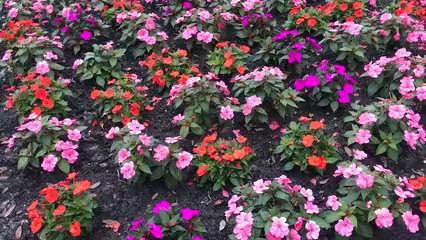
Native vs. Non-Native Perennials
Planting native perennials offers many advantages. They thrive in local conditions and require less maintenance. Native plants support local wildlife, providing food and habitat for birds, bees, and butterflies. They also help preserve regional biodiversity. By choosing these plants, you contribute positively to your local ecosystem.
When considering non-native perennials, integration is key. Select varieties compatible with your local flora. Look for plants that bloom at different times to create continuous color. Group non-natives with natives to enhance biodiversity. This approach balances beauty with ecological responsibility. Remember, the goal is to create a harmonious garden that attracts wildlife and thrives naturally.
By following these guidelines, you can enjoy a vibrant garden that benefits both you and the environment. And don’t forget about those pesky weeds! A garden rake can help you keep the beds tidy and pristine.
Planting and Care of Perennials
When to Plant Perennials
Timing is crucial for planting perennials. In most regions, spring and fall are ideal. Spring planting allows roots to establish before summer heat. Conversely, fall planting helps them settle in before winter. For warmer climates, you can plant in mild winter months. Always check your local climate for specific timing.

Preparation and Planting Techniques
Start by preparing the soil. Ensure it’s well-draining and rich in organic matter. Dig a hole larger than the root ball to accommodate growth. Place the plant so the top of the root ball is level with the soil surface. Ensure proper spacing between plants to avoid overcrowding. This allows air circulation and room to grow.
Ongoing Care and Maintenance
Regular care will keep your perennials thriving. Water them adequately, especially during dry spells. Deadheading spent blooms encourages more flowers. Fertilize in spring with a slow-release formula for healthy growth. Watch for pests like aphids or diseases such as powdery mildew. Early detection is key; use organic treatments or remove affected parts to manage issues. For feeding your plants, consider using organic fertilizer to boost their growth naturally!

Propagation Techniques for Perennials
Division
Dividing perennials is a simple way to create new plants. This method involves carefully separating the roots of established plants. Use a sharp spade or knife for clean cuts. The best time to divide is in early spring or fall. This promotes vigorous growth and rejuvenates the parent plant. Many common perennials, like daylilies and hostas, thrive with this technique.
Seed Propagation
Growing perennials from seeds can be rewarding. Start by choosing high-quality seeds from reliable sources. Timing is crucial; many seeds need to be sown in late winter or early spring. This allows them to germinate before the warm weather arrives. Prepare your soil well, ensuring it’s moist and well-draining. Cover the seeds lightly with soil and keep them hydrated. Using a plastic cover can help maintain moisture. Once seedlings appear, provide them with plenty of light. Transplant them outdoors after the last frost. This method can save money and expand your plant collection! And for those who want to get a jumpstart, a seed starting kit can be a game-changer!
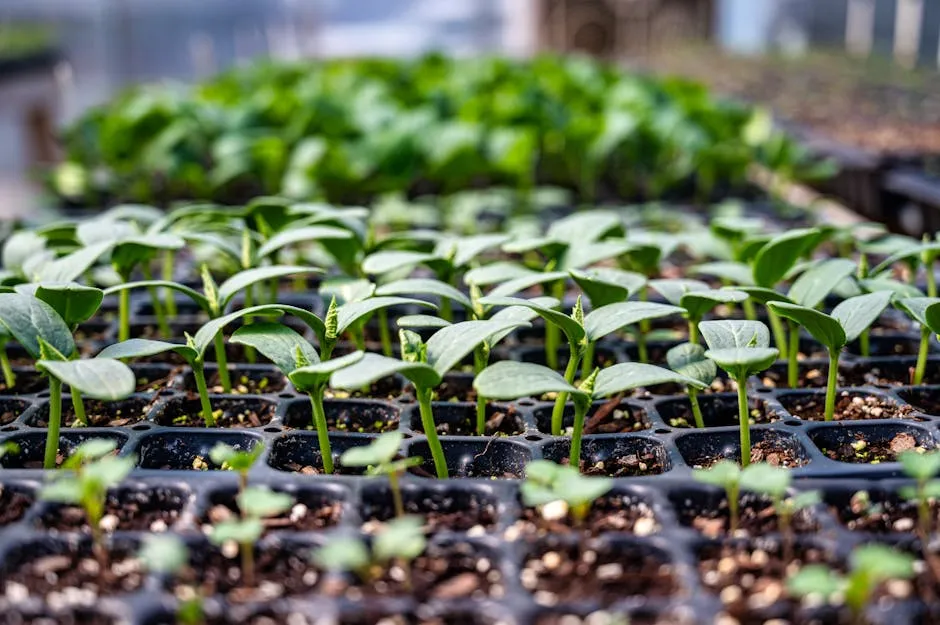
Environmental Benefits of Perennials
Supporting Pollinators
Perennials play a vital role in attracting pollinators. Flowers such as coneflowers and bee balm are bee favorites. They provide nectar and habitat, helping sustain these crucial insects. Butterflies and hummingbirds are also drawn to vibrant blooms. By planting perennials, you contribute to a healthier ecosystem. A garden filled with diverse plants can significantly boost local biodiversity. To attract even more of these lovely creatures, consider installing a bird feeder in your garden!
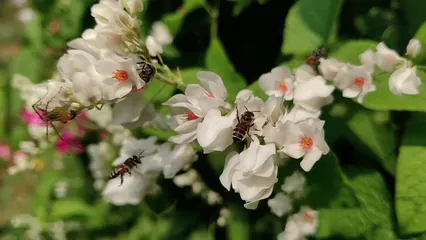
Soil Health and Erosion Control
Perennials improve soil health in various ways. Their deep roots hold soil in place, preventing erosion. This stabilizes the earth, especially in areas prone to runoff. Moreover, as perennials grow, they enhance soil structure. Their decaying leaves add organic matter, enriching the soil and promoting healthy microbes. Healthy soil leads to better water retention and supports a thriving garden. For more on this topic, check out the article on composting basics for improving soil health.
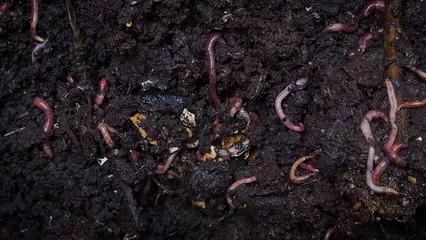
Understanding the importance of soil health is crucial for maintaining a vibrant garden. composting basics for improving soil health
Conclusion
Incorporating perennials into your garden offers numerous rewards. They provide lasting beauty, support local wildlife, and enrich soil health. Take time to explore various perennial options that fit your garden’s conditions. Local nurseries and gardening centers can be great resources for finding the right plants. Embrace the joy of creating a vibrant, sustainable garden with perennials! For ideas on plants that can attract local wildlife, be sure to read about the Best native plants for attracting local wildlife.
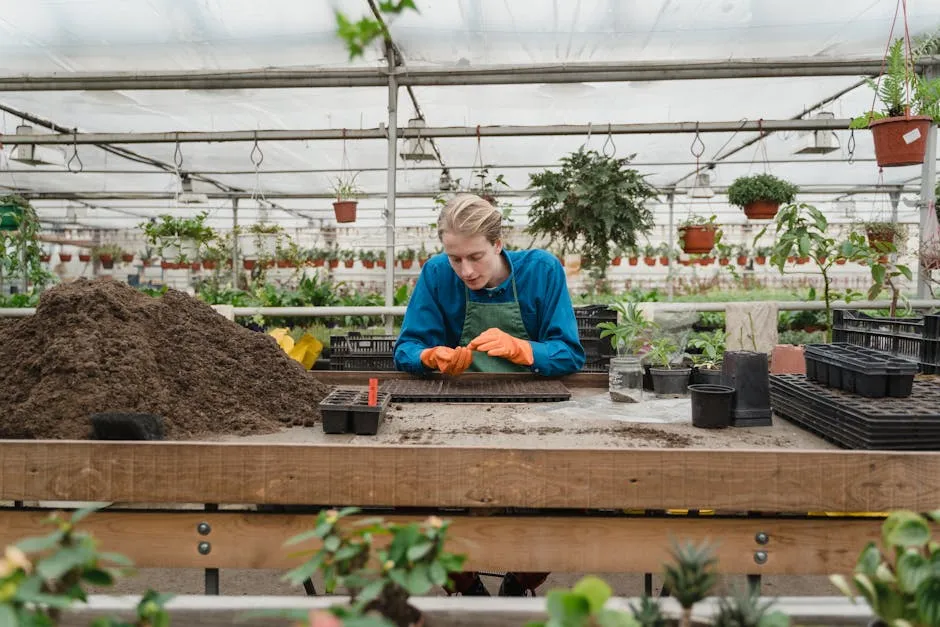
And if you’re looking to elevate your garden’s aesthetic, consider adding some decorative garden stakes or a charming garden statue to give it that extra flair!
Creating a garden that attracts local wildlife can enhance your gardening experience. Best native plants for attracting local wildlife
Please let us know what you think about our content by leaving a comment down below!
Thank you for reading till here 🙂
All images from Pexels



